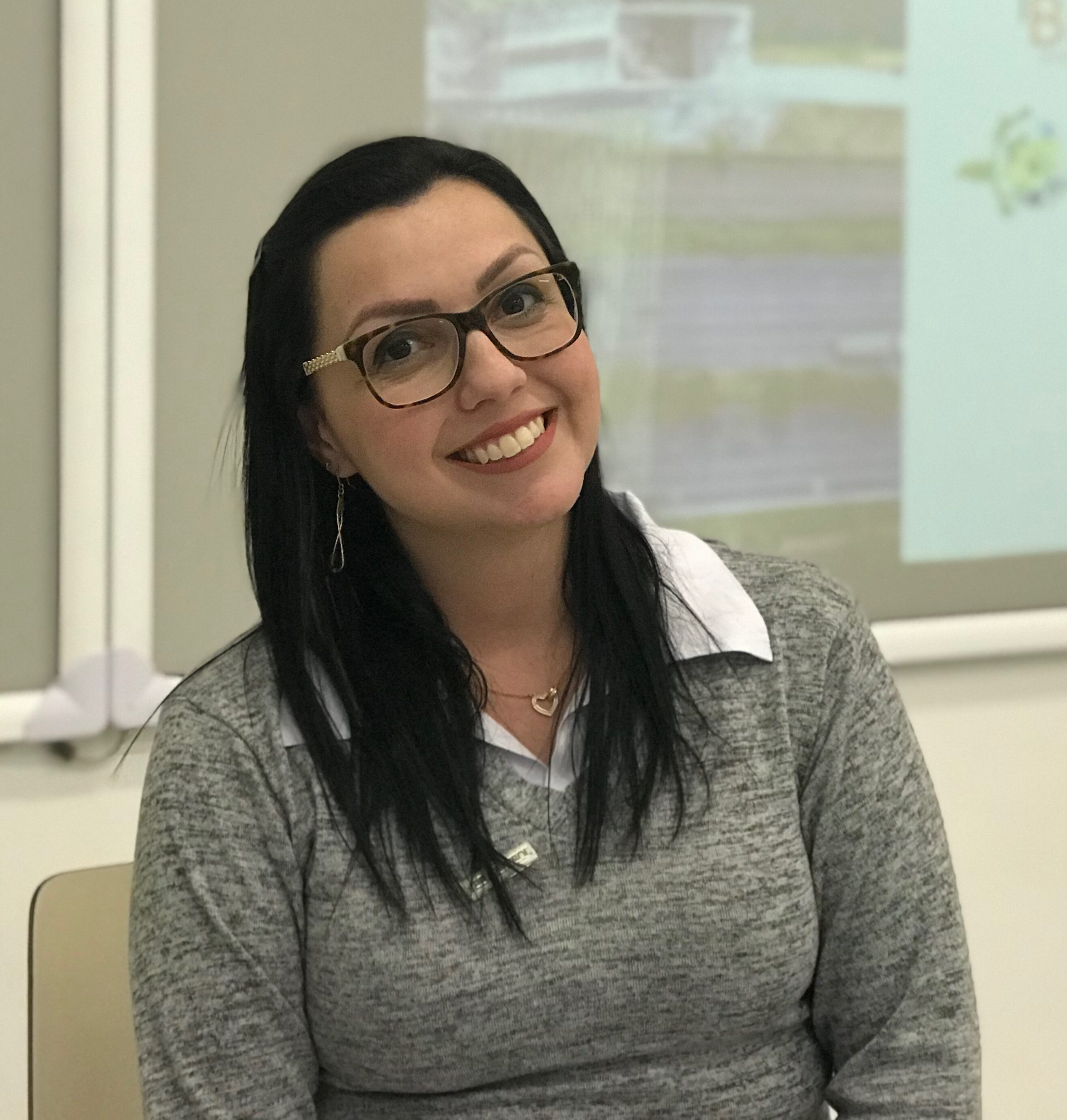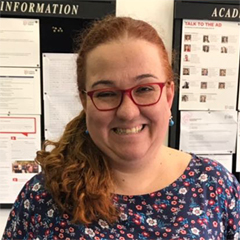We All Need Peace Education
While deciding on the theme for my February post, I thought of the growing wave of intolerance, prejudice, hate crimes, etc., especially in Brazil, and I decided to write about Peace Education and ways in which we can implement peace education-focused instruction into the daily lives of regular schools in Brazil.
Before giving you some practical ideas, let’s clear up two basic concepts or kinds or peace: negative peace and positive peace. But what is the difference?
The concept of negative peace is the generally spread concept of peace most people have when asked, that means, the absence of large-scale conflicts, or the opposite of war.
On the other hand, the concept of positive peace is a bit more than just avoiding wars or large-scale conflicts. Theoreticians say that there’s positive peace when we are in a society where there are no social differences, violence, intolerance, or prejudice of any kind. Some might even say positive peace is utopic.
While in the political field we might argue this is utopic, in the educational field, teaching with a focus on peace education is not at all utopic. Peace education, according to UNICEF is “the process of promoting the knowledge, skills, attitudes and values needed to bring about behavior changes that will enable children and adults to prevent conflict and violence, both overt and structural, to resolve conflict peacefully, and to create the conditions that will conduce to peace.”
That, my friends, is exactly what our schools are in desperate need these days. But effective peace education is not just a short-term intervention. It is a long-term process, it involves changing behavior and it might take you some time before noticing any results.
Suggested Activities
- Colors Together
Distribute different watercolors so that some students have blue, some have red, some have yellow, and just one student has black. Then, have students mingle to find and group with the other students who have the same color they have. The student who got black will not find a group and probably feel different. Ask him or her to report how he or she felt during the activity. Then, use a sheet of paper to show them that if we mixture the three colors together, we actually have black. Use this as a message that we should all be together no matter our racial background, sexual preferences, religions, political opinions, etc.
- Thank You!
Have students write a thank you message to any worker that helps them with anything in their daily lives but they normally don’t talk to. It can be a doorman, a janitor, a cashier, a teacher, a crossing guard, a police officer, etc.
- Conflict Resolution Animation
Giving students common everyday conflicts for them to come up with solutions for doesn’t necessarily motivate or engage them, as we’d like to. So, a good option is to ask them to create an animation for the conflict solving situation, using a website like www.dvolver.com.
- Free Rice
This is a very nice website (www.freerice.com) that gets your students practicing vocabulary at the same time that they are helping donate rice around the world. The website donates 10 grains of rice for each correct answer and students can create their login to keep track of how many grains they have already helped donate. You can propose a contest during a period for students to see who donated more.
Well, that’s it for now! Hope you liked it!




